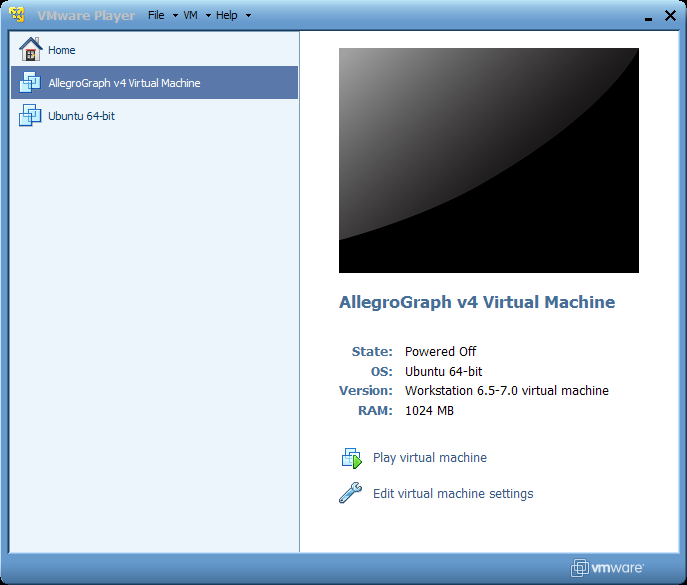

Top network virtualization software comparison Feature Red Hat OpenStack Platform : Best for large-scale deployments.Vagrant : Best for rapid development and testing.oVirt : Best open-source virtualization management solution.Microsoft Azure Virtual Machines : Best for Windows Server Environments.Cisco Enterprise NFV : Best for Cisco infrastructure.

Check Point Virtual Systems : Best for network automation.

VMware NSX : Best for zero-trust security.Here are our seven picks for the top network virtualization software. It’s no wonder that the market for virtualization software, in general, is projected to grow at a CAGR of 21.5%, according to a report by Mordor Intelligence. Because commerce today relies on networks, the potential use cases of network virtualization apply to almost every sector of the economy. In addition, it allows enterprises to streamline how they roll out, scale, and regulate workloads and resources to manage ever-increasing computing requirements effectively.īeyond its potential to improve security, network virtualization represents an unprecedented business opportunity that could transform the global economy. Network virtualization has helped organizations achieve significant advances in speed, agility, and security by automating and simplifying many processes that go into running a data center network and managing networking and security in the cloud. Understanding the virtualization type is crucial for selecting the most suitable solution for your business. Each type has its own advantages and disadvantages, depending on your organization’s needs and infrastructure. There are several types of network virtualization, including network function virtualization (NFV), software-defined networking (SDN), and overlay virtual networks. It also assists with consolidating any on-demand programming and provisioning of business networks while eliminating the need to make physical changes to the primary infrastructure. As a result, it helps address many of the networking challenges within modern-day data centers. It combines the available resources in a network by splitting up the available bandwidth into channels, each independent from the others and can be assigned (or reassigned) to a particular server or device in real time. Network virtualization software streamlines the process of moving virtual machines between domains there’s no need to spend time reconfiguring your network.īy using this software, you can construct an overlay network that runs multiple isolated virtual networks over the same physical infrastructure.

In network virtualization, network functions, software resources and hardware resources are delivered virtually, independent of hardware. All forms of IT virtualization aim to create an abstraction layer between the physical hardware and the services and applications that use the hardware.


 0 kommentar(er)
0 kommentar(er)
